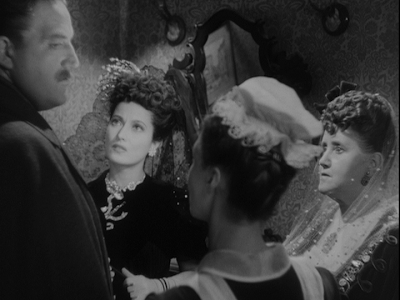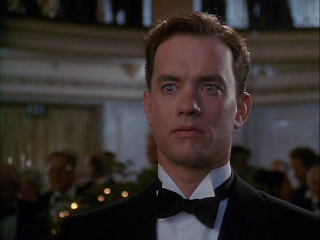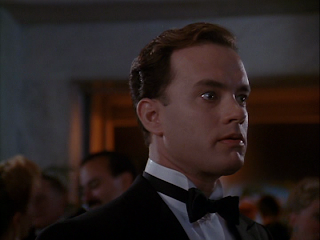Total Corky St Clair brainwave today:
Bonfire of the Vanities, a stage production acted with just three people: an African American, a Jew and a WASP! OK, that might be a little too
Springtime for Hitler for some people. (What
ever, I'm so sure my community theatre company can pull this off!)
Bonfire of the Vanities was the first "adult" book I bought, at about age 14. New York was about 3000 miles away, an imaginary place I knew about only through movies like
Ghostbusters and Margaret Bourke White photographs. I didn't get what
fuggedaboutit was supposed to mean, and there were only two black families with kids in my high school so to say that I was culturally naive would be a huge understatement. But
Bonfire had a flashy cover, weighed about 2 pounds and looked pretty impressive to carry around, way cooler than
It (for spazzes) or
Les Miserables (for snotty rich kids who'd get to go out of town to see the musical and wear that obnoxious sweatshirt for months afterwards). The Brian De Palma film (the production of which was documented in the brilliant book
The Devil's Candy, by Julie Salamon) seemed to have been created with the same level of sophistication as the grade nine me. It's also a complete hoot to watch now, as an adult. What the
HELL were they thinking!
First, let's talk bad casting and terrible performances. Kim Cattrall's artificial but indeterminate "socialite" accent is nose wrinklingly bad. But choosing Tom Hanks as the central character was probably one of the decisions that ensured that even if everything else went right about this movie, it would still be doomed to failure. Hanks is completely unable to conjure arrogance, privilege or anything other than rubber-faced consternation. The only exception to his one expression is found in one later scene, when his world collapses around him and he chases a crowd of ass-kissing guests from his apartment with a rifle.
Tom Hanks expresses mild discomfort at being introduced to an HIV-positive poet.
LATER, Tom Hanks expresses complete shock when he realizes his mistress is talking with his wife!
THEN, Tom Hanks is reflective, as he hears the poet recite lines about Don Juan and realizes how he might actually be talking about him.
EVENTUALLY, Oscar moment! (?), Tom Hanks goes batshit with a rifle.
Like a very low-budget production whose fake props or cheap sets betray the illusion of the medium, this film is anti-film: I couldn't for one moment stop thinking that I was watching a film. I couldn't hear the dialogue, I couldn't follow the story. The music blared unsubtly. Every camera shot is obtrusively a worm's eye view (WHY)? Unrealistic details that you might normally not care about stood out like a sore thumb. (Why is Kim Cattrall preparing appetizers on the tray in the kitchen, wouldn't her staff do that)? The only convincing scene in the entire film, the only time you forget you're watching a film and start listening to what some guy is talking about -- is when the lovely Alan King has his one brief scene talking about animals crapping on an airplane! Why? Because he's playing it like a comedy!
I'll be your trophy wife, Alan. At least you have a damn personality (if, by the end of this scene, no pulse).
The ultimate act of cowardice is the casting of Morgan Freeman as the judge (it was supposed to be Alan Arkin, but De Palma thought that he would be too... Jewish. You know, exactly like in the book, and that could have have potentially been offensive to African Americans).
Is this offensive to African Americans? 'S OK, we got Morgan Freeman.
Freeman wraps up everything up neatly by dismissing the case and lecturing everyone in the courtroom: the sunglasses wearing community activist, the black community, the WASPs, the Jewish lawyers, the journalists, about
dignity.
"Dignity is what your grandmother taught you!" (Seriously, that's what he says).
FIN
Whoa! I've never re-read Bonfire; as I got older I learned in school about Tom Wolfe and his place in contemporary fiction (and first-person journalism). I heard the satire in I am Charlotte Simmons wasn't on target, and I gave it a pass. Now that I'm older, I read a lot of great writing on filmmaking and other topics. But there's one thing missing from my menu and that's some kind of analysis of failure. Salamon's book never really answered that question for me -- or, she offered too many little reasons that this particular project failed. Movies are massive undertakings but reflect what many of us are faced with in our adult lives. Whether we are bosses, parents, teachers or chefs: we get some cash together, find some people to help us out, and we execute projects. How is it that movie missteps are catastrophes that manage to waste the equivalent of a small country's GDP and insult our intelligence?



















